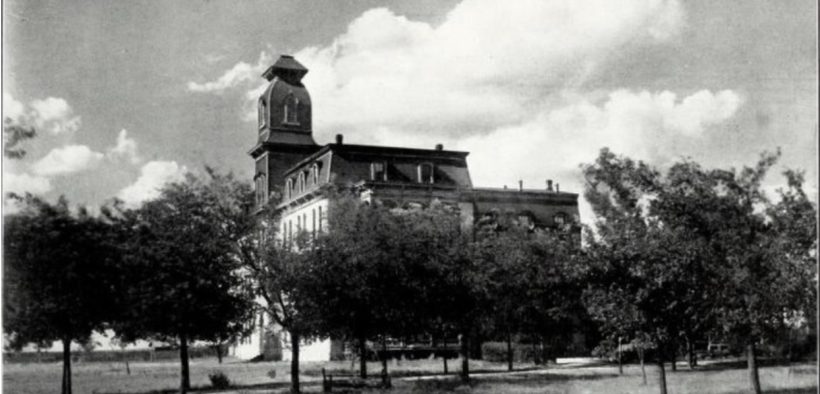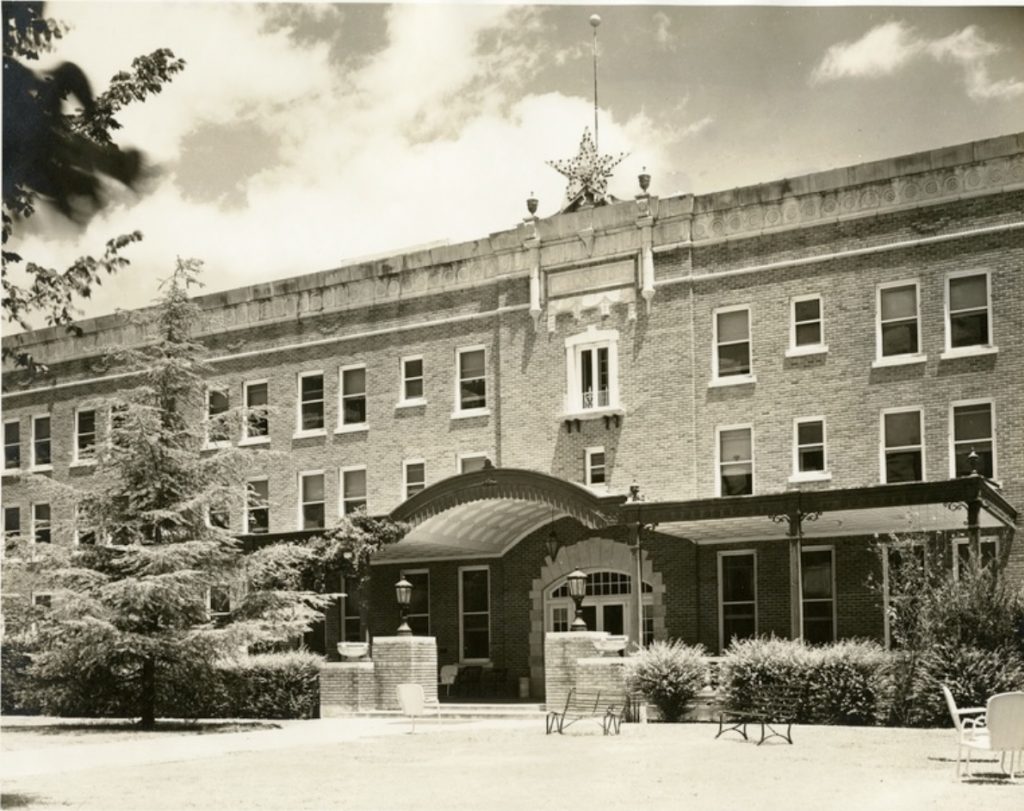Pirate History: The Southwestern Story
Share

Southwestern touts its history of being the first university in Texas everywhere —you see it every day walking around campus. But is that true? How did this school come to be? Why has it endured all the way to the modern era?
Our story begins with a Methodist Missionary from Massachusetts named Martin Ruter. He signed up for a missionary service across the newly formed Republic of Texas, eventually settling there and finding plots of land to build colleges of higher learning. Ruter, of course, had his name given to everyone’s favorite dorm hall, and even has his own window in the chapel.
Southwestern really is the continuation of the first colleges in Texas. Even before Texas joined the Union, Rutersville College opened in 1840, followed by Wesleyan College (whose name is now on a street on campus) McKenzie College, and Soule University. None of these are located where SU is today; they stood in separate small cities across Texas. Interestingly, SU is one of the only colleges in America that can claim to have belonged to two (or three, depending on who you ask) countries throughout its history: The Republic of Texas, the Confederate States of America, and the United States.
In 1872, the Texas Legislature, now a part of the Union once more, decided to consolidate all these colleges into one university— Texas University. Originally, that was supposed to be the name of our school, not Southwestern University. However, because the school took several years to come together, the Legislature withheld the ‘Texas University’ name for a proposed school in Austin, that would later become the University of Texas. We then became Southwestern University.
Whether SU is the first college in the state of Texas is up for debate. Rutersville College opened in 1840, while Baylor University opened in 1845. While Baylor is five years younger, there is an argument to be made that because it’s operating under its original charter, it is the oldest college in Texas. SU claims that the Rutersville date counts because it was consolidated into Southwestern. Essentially, it depends on who you ask.
The school grew as it progressed. Originally a segregated school, the Women’s Annex was established in 1879, providing education to women. However, the two sexes were still separated and not allowed to learn together. For visual context, the area near Ruter Hall and the previous Mood Hall (where Mood-Birdwell is now, once a male dormitory) existed as the male side of campus. Women were restricted to the area near the Clark, Mabee, and Brown-Cody Halls, in a place called the Ladies Annex, which later burned down and was replaced by Laura Kuykendall Hall.

Funnily enough, Southwestern has a claim on inventing the tradition of Homecoming. Yeah, you heard that right. Southwestern, along with a few other schools, claims to have invented homecoming. Likely, they were all held within a few years independently. SU had its first Homecoming in 1909, popularizing the tradition present today in every high school and college in the nation.
Just before the beginning of WWII, Southwestern had an interesting collaboration with the US Military. The V-12 program, now marked by a plaque behind Olin, was an initiative at SU to transform the school into a military academy. SU Registrar Pearl Neas wrote a letter of support to newly elected Congressman Lyndon B. Johnson and his wife, Lady Bird Johnson, which spun into Lady Bird approving SU to become a host school for the V-12 program. Navy officers and soldiers were trained at SU alongside other classes, in an intriguing yet complicated few years on Southwestern’s grounds. After WWII, SU modernized into the establishment we know today. Rules banning men and women from interacting loosened and then lifted. Segregation at SU ended in 1965 with the overturning of Brown V. Board of Education, and Ernest Clark, for whom Clark Hall is named, was the University’s first African American graduate. He was in band, choir, and the theater club Mask and Wig.
Speaking of the history of Southwestern, our school has a history of having high-profile speakers on its grounds. These include turn-of-the-century populist politician William Jennings Bryan, socialist activist Helen Keller, race and gender scholar bell hooks, and black feminist activist Angela Davis. These were some of the most important scholars of the time, and many of them may be in your syllabi this semester.
At this point in history, SU is shaping up to look a lot like the campus we know and love. Modern residence halls were established, buildings completed, and the campus looks like it does now; there’s shockingly little history after WWII. Southwestern holds many different stories on its campus, but I hope this was enough to sate your curiosity about the school we call home. It’s important to remember the past, but never forget that we will be a part of SU’s history someday too. Make yours a good one.
